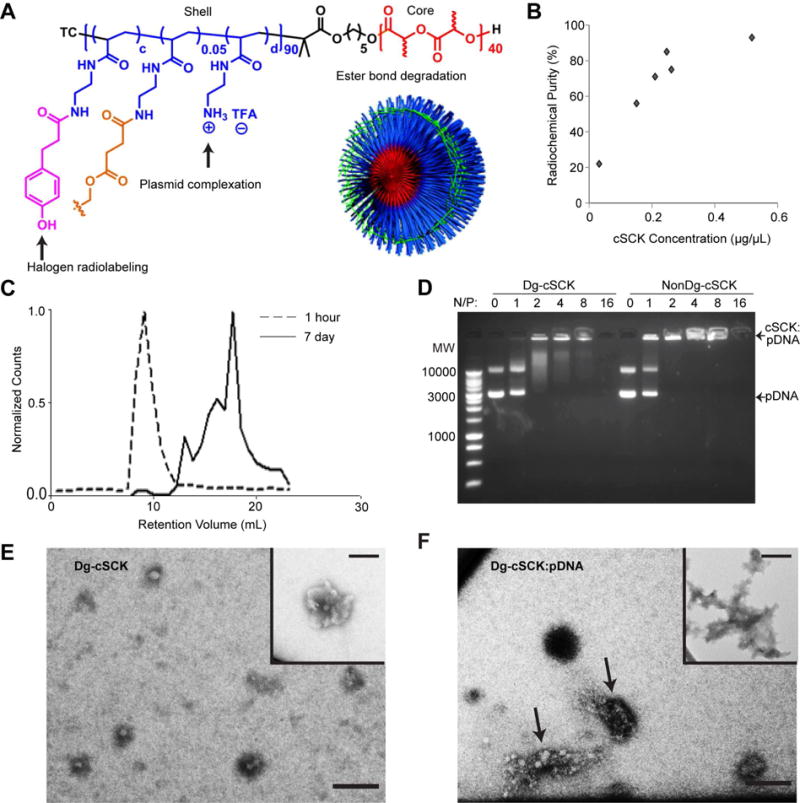Figure 1. Multifunctional physicochemical features of degradable cSCKs.

(A) Schematic of the chemical composition of the degradable cationic shell-cross-linked knedel-like nanoparticles (Dg-cSCKs), functionalized with a hydroxylated phenyl ring for halogen radiolabeling, amines for plasmid complexation, and ester bonds for degradation. A cartoon of the assembled Dg-cSCK shows crosslinkers in green. (B) Radiolabeling binding curve of 123I onto Dg-cSCKs. (C) Degradation of Dg-cSCKs after 1 hour and 7 days in PBS, determined by fast protein liquid chromatography (FPLC). (D) Comparison of degradable cSCK and non-degradable cSCK binding to plasmid DNA (pDNA) detected by gel electrophoresis. Nanoparticles were combined at the indicated ratio of N/P amine (N) to pDNA phosphate (P) prior to gel electrophoresis. A molecular weight ladder is in the far left lane. TEM of (E) Dg-cSCK alone with an inset demonstrating aggregates of particles also observed and (F) nanocomplexes formed between Dg-cSCK and pDNA, with arrows indicating two distinct complexes and an inset demonstrating an example of structures with different morphology that were also observed. Scale bar = 100 nm.
